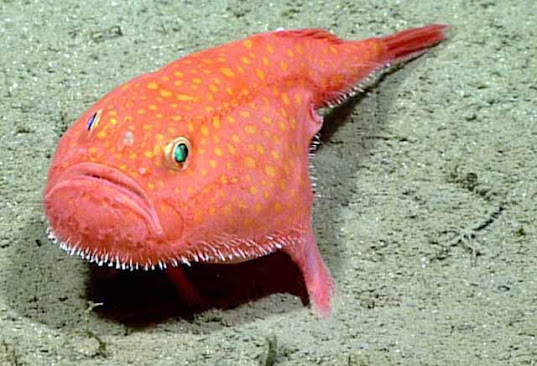The Mysteries of Deep Sea Exploration: Unveiling the Ocean's Secrets 🌊🔍

The deep sea is one of the last frontiers on Earth, a place of immense mystery and wonder. Despite covering over 70% of our planet, the ocean's depths remain largely unexplored. At CuriousWorlds , we dive into the enigma of deep-sea exploration, uncovering its challenges, discoveries, and the incredible life forms that inhabit this dark and mysterious world. The Challenges of Deep Sea Exploration Extreme Pressure: The deeper you go, the greater the pressure. At depths of over 10,000 meters, the pressure can crush submarines without proper reinforcement. Darkness: Sunlight doesn’t penetrate beyond 1,000 meters, leaving the deep sea in perpetual darkness. This requires advanced lighting and imaging technology. Cold Temperatures: The deep ocean is frigid, often just a few degrees above freezing, necessitating specialized equipment to withstand the cold. Incredible Discoveries Hydrothermal Vents: These underwater geysers emit hot, mineral-rich water, supporting unique ecosystems. ...
















